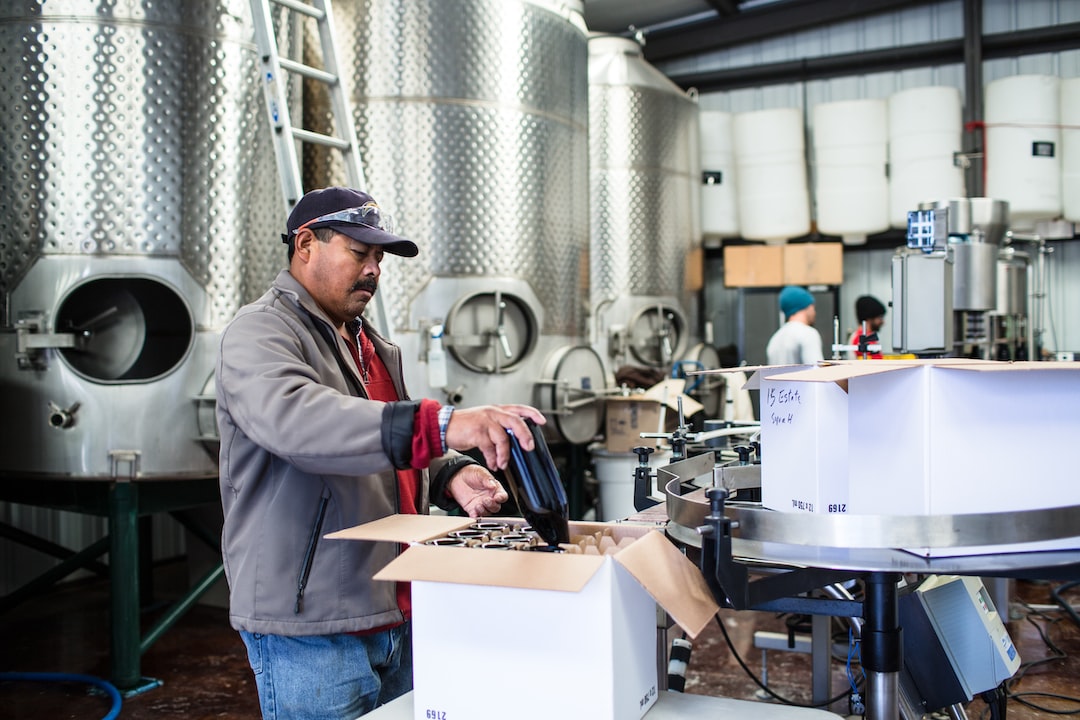Exploring Different Manufacturing Methods: A Comparison
With the advancement of technology and the ever-increasing demand for products, manufacturers are constantly striving to find innovative ways to improve their manufacturing processes. Over the years, several manufacturing methods have been developed, each with its own set of advantages and disadvantages. In this blog post, we will explore some of the different manufacturing methods and compare them to help you understand which approach may be the best fit for your business.
1. Mass Production:
Mass production is a common method used by manufacturers to produce large quantities of products at a rapid pace. It relies on standardization and automation to achieve high production rates. This method is ideal for products with predictable demand and low customization requirements. However, it may not be suitable for businesses that need to quickly respond to changing market demands or produce highly customized products.
2. Lean Manufacturing:
Lean manufacturing focuses on eliminating waste and improving efficiency. It emphasizes the elimination of unnecessary steps, reducing material waste, and streamlining the production process. This method is beneficial for businesses looking to improve productivity and reduce costs. However, it may not be suitable for complex products or businesses that require a high degree of customization.
3. Just-in-Time (JIT) Manufacturing:
Just-in-time manufacturing is a method that aims to produce only what is needed, when it is needed, and in the required quantity. It involves closely coordinating the production process with the supply chain to minimize inventory and reduce lead times. This method is particularly useful for businesses that want to reduce inventory costs, improve cash flow, and respond quickly to changing market demands. However, it requires efficient logistical coordination and may be more vulnerable to disruptions in the supply chain.
4. Custom Manufacturing:
Custom manufacturing is a method that focuses on producing unique, one-of-a-kind products according to individual customer specifications. This method is often used in industries such as aerospace, automotive, and high-end electronics. It allows businesses to offer highly customized products and cater to niche markets. However, custom manufacturing generally has higher costs, longer lead times, and requires specialized expertise.
5. Additive Manufacturing:
Additive manufacturing, also known as 3D printing, is a relatively new manufacturing method that builds objects layer by layer from a digital model. It offers the ability to create complex shapes and reduce waste by only using the necessary materials. Additive manufacturing is suitable for producing prototypes, small batches, and highly customized products. However, it may not be cost-effective for mass production or products that require specific materials not readily available in the 3D printing process.
6. Subtractive Manufacturing:
Subtractive manufacturing, also known as traditional machining, involves removing material from a larger piece to create the desired shape. This method is commonly used for metalworking and woodworking applications. It allows for precise machining and enables the production of high-quality, durable products. However, subtractive manufacturing can be time-consuming and result in significant material waste.
In conclusion, there is no one-size-fits-all approach when it comes to manufacturing methods. Each method has its own advantages and disadvantages, and choosing the right one for your business depends on various factors such as product complexity, customization requirements, production volume, and cost considerations. It is essential to carefully evaluate your business needs and goals before deciding on the most suitable manufacturing method. By doing so, you can optimize your production process, improve efficiency, and ultimately enhance your competitiveness in the market.

